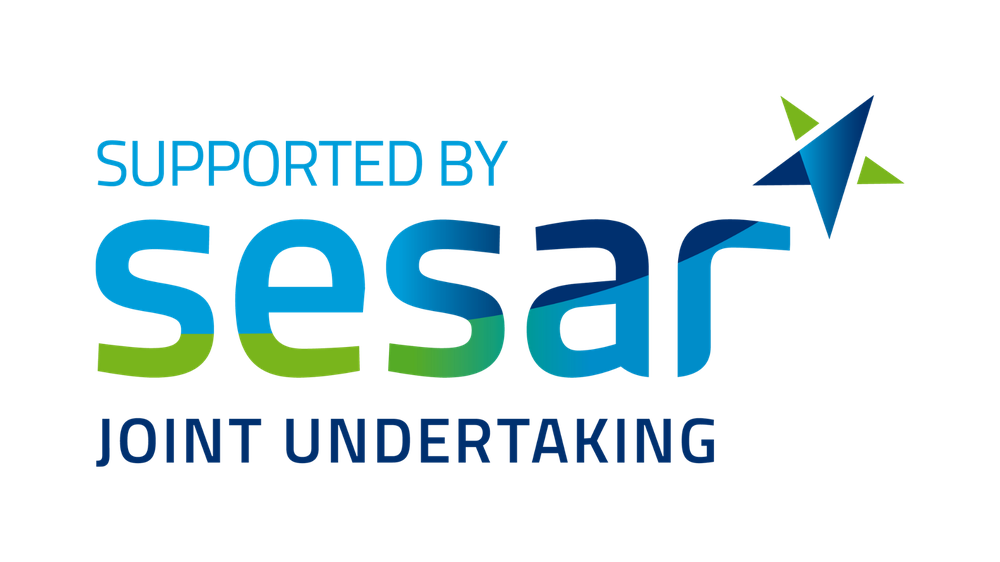Approach operations at busy airports are louder and less fuel efficient than they should be. Aircraft need to configure (extend flaps, slats and landing gear) and reduce speed prior to touchdown in an individual process. Air Traffic Control puts restrictions on the flight profile, however, and weather conditions are often only vaguely known. Thus the practical configuration sequence, and hence noise and fuel consumption of an approach depend very much on the pilots’ skills and their access to important information like the actual wind situation.
DYNCAT will analyse the existing mismatch of aircraft and air traffic control procedures and propose improvements to on-board and ground operations. This includes the identification of the possible need for regulatory changes for ATM. The new Flight Management System function investigated in DYNCAT will support pilots in their configuration management during approach so as to better handle ATC restrictions and constraints as well as weather conditions. The project will also assess the ecological and economical potential of improved operations.
For more information about the SESAR Joint Undertaking, please visit their homepage!
This project has received funding from the SESAR Joint Undertaking under the European Union's Horizon 2020 research and innovation programme under grant agreement No 893568.

SESAR 3 Joint Undertaking

Council of Europe
Copyright DYNCAT Consortium 2020-2022. All rights reserved. Licensed to the SJU under conditions.

